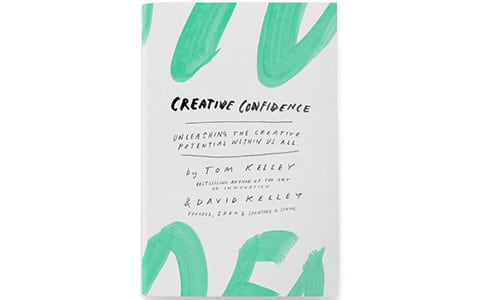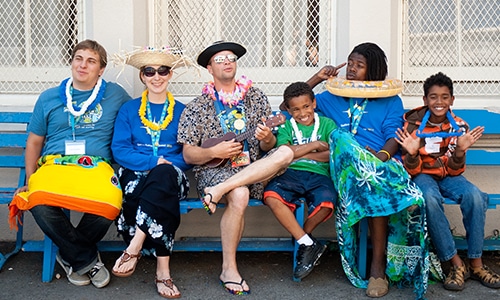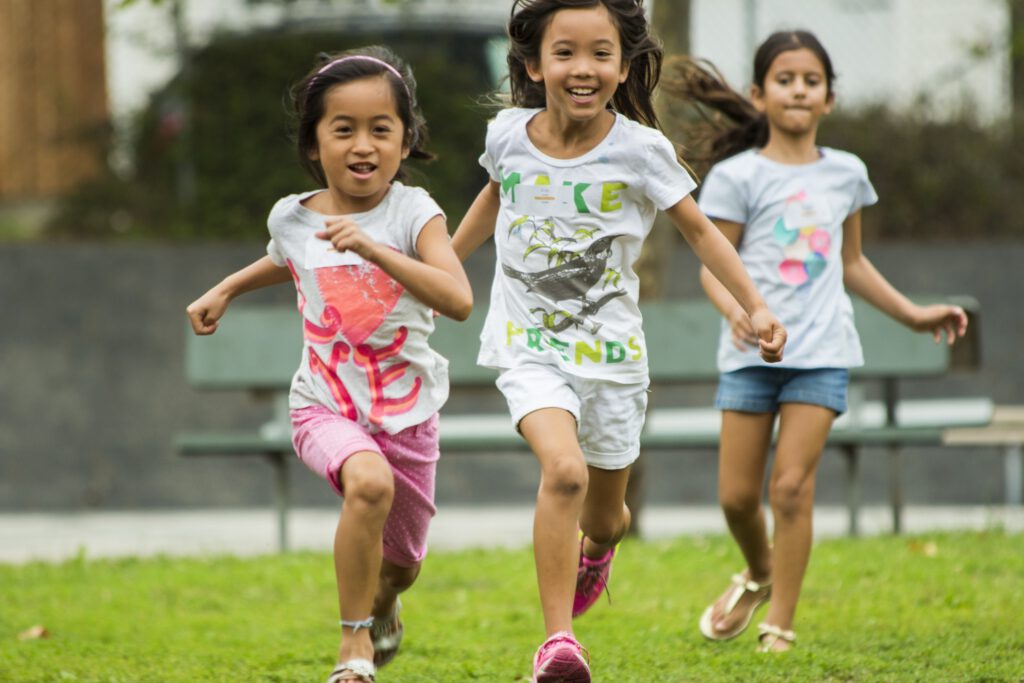Galileo summer camps were founded on the idea that every kid can envision and create a better world—and our programs are designed to give campers the mindset, skills and confidence to do just that. So when we come across content that speaks to that mission, we can’t wait to share it more broadly.
Creative Confidence by David Kelley (founder of IDEO and the Stanford d.school) and his brother Tom Kelley (IDEO partner and author of The Art of Innovation) lays out the how tos of being a person who can create change in the world—a person with creative confidence. This book is guaranteed to change your mind about your creative abilities. Even more, it teaches a life-changing skill that can help anyone, at any age, realize their dreams and potential.
Without giving too much of the book away (because we think everyone should read it!), here are a few essential points:
#1: We are all creative.
It’s a myth that some people are born with the creative gene and others aren’t. In fact, creativity, like a muscle, “can be strengthened and nurtured through effort and experience.” There’s a persistent idea out there that creativity belongs to artistic fields like design, writing and entertainment. The Kelleys argue that creativity is broader than that: Whenever you have the chance to generate new ideas or approaches, you are being creative. In short, creative confidence “is about believing in your ability to create change in the world around you. It is the conviction that you can achieve what you set out to do.”
#2: Creative confidence helps you lead a more intentional, fulfilling life.
Stanford psychologist Albert Bandura confirms that people who have self-efficacy “set their sights higher, try harder, persevere longer, and show more resilience in the face of failure. With creative confidence, they… are able to leap into action.”
#3: Creative confidence is good for your career (and economic growth).
An IBM Survey of more than 1,500 CEOs reports that creativity is the single most important leadership competency. And an Adobe Systems poll across three continents found that 80% of people see unlocking creative potential as key to economic growth—but only 25% of them feel like they are living up to that potential.
How to build creative confidence in your life and work
Most of the book is dedicated to sharing specific techniques for building creative confidence with a host of inspiring examples about how ordinary people accomplished extraordinary things. Here are a few high-level takeaways:
You have to choose creativity.
You need to want it and be willing to change your behavior in order to get it. Psychologist Robert Sternberg, who has researched creativity and leadership for over 30 years, finds that creative people:
- Redefine problems in new ways to seek out solutions
- Take risks and accept failure as part of the process
- Confront obstacles that arise when challenging the status quo
- Tolerate ambiguity when they’re not sure they’re on the right path
- Continue to seek out ways to learn
Fail (and succeed!).
The single biggest obstacle people face in having a creative, empowered mindset is the fear of failure, whether it’s: fear of the unknown, fear of getting started or fear of being judged. The Kelleys observe that “doubts in one’s creative ability can be cured by guiding people through a series of small successes.” They give examples of how you can create small, intrinsically rewarding successes in your own life to help you get to the next level.
Stop planning, start doing.
Have a bias towards action—you just need to start! If you have an idea, immediately build a prototype. Keep it simple and give yourself a short deadline. Remember that you’ll never do your best work right away, but key insights can result when you dive right in.
We especially loved one illustration of this point. The Kelleys reference the book Art & Fear, in which students in an art class were divided into two groups. One group was graded on the quality of a single ceramic piece they created during class. The other group was graded on the quantity of pieces they produced (i.e., 50 pounds of finished work would earn them an A). The best pieces came from the students who were graded on quantity.
“hink like a traveler.
Don’t just wait for a spark of inspiration to come along—expose yourself to new ideas and experiences. The Kelleys suggest picking up a new magazine, spending time on creative websites, traveling to an unfamiliar destination, going somewhere you’ve never been in your hometown, having coffee with someone new at work, pursuing an extracurricular. Creativity isn’t a one-time thing. “The creative spark needed to come up with solutions is something you need to cultivate over and over again.”
Build a supportive network.
Avoid getting feedback from people whose default mode is negativity. Surround yourself with like-minded people who are also trying to innovate. Join a Meetup group or simply share ideas with supportive friends.
Embrace continuous learning.
Here are a few free online resources to get you started:
- The Human-Centered Design Toolkit from IDEO
- The Design Thinking for Educators Toolkit from IDEO
- Design Thinking Bootleg from the d.school
- Virtual Crash Course from the d.school
And here’s our final tip on building creative confidence:
Read this book.
Creative Confidence offers up much more than we can get to here, including a chapter full of activities to help you practice creative thinking and advice for how to bring creative confidence-building practices into your work culture.





